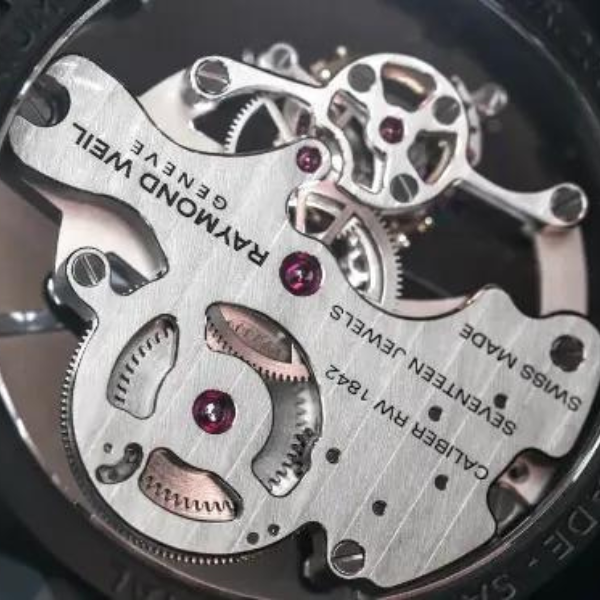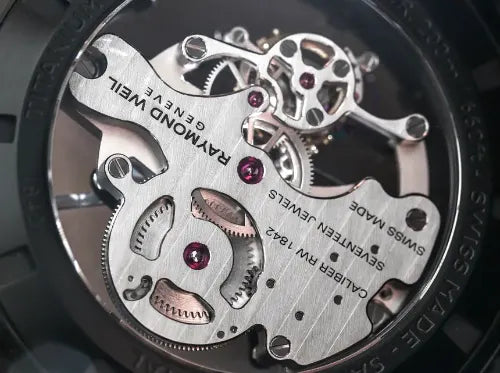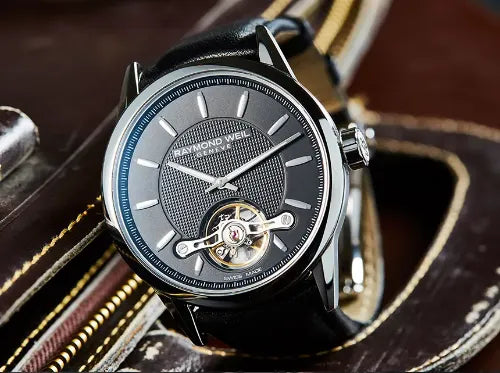
You may not see the term “made with an in-house movement” often. But, when you do, you know you've got yourself an expertly engineered timepiece.
What is an In-House Movement?
“In-House” refers to a movement that was produced by the watch manufacturer itself. In fact, some watchmakers spend their entire lives devoted to one movement - assembling each piece by hand.
 Photo courtesy of A Blog to Watch
Photo courtesy of A Blog to Watch
The movement of a timepiece is like “behind the scenes” crew that makes the performance run smoothly. You’ll probably never see it first hand, but it's what makes the difference between a watch that solely keeps time and an heirloom that can be passed from one generation to the next. The most basic movement can be comprised of over 100 tiny parts while some in-house masterpieces have over 1000.
You can also think of a watch movement like an engine in a car. The engine converts fuel (in the case of a movement, it takes in energy from motion or a battery) and makes the pistons fire, igniting the engine and allowing the car to travel at high speeds. When you have a timepiece with built with an in-house movement, it's as if you have a car engineered to outperform a Tesla Model S.
 Photo courtesy of timeandtidewatches.com
Photo courtesy of timeandtidewatches.com
Why Your Watch Should Have an In-House Movement?
Because in-house movements are few and far between, it adds value to the watch, means it will last much longer and that the company can personally stand behind the watch's performance.
A few still do the work in-house, like Rolex and Raymond Weil, as they understand that the core of your timepiece isn't something to leave in someone else's hands. Some of their watches house complicated movements that require expert precision.
Owners of watches with in-house movements also take pride that each is unique to the maker. In fact, some movements are unique to individual watches. Explore a portion of Sylvan's collection online or see everything in-store in Downtown Columbia.


